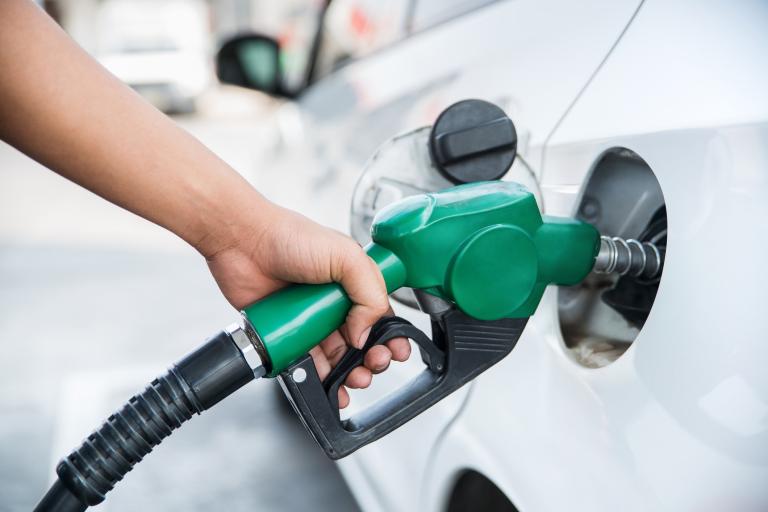
The current high prices for crude oil and natural gas have greatly increased the commercial viability of alternative fuels. Once more expensive to process into fuel than crude oil, bio-fuels are now on a more level playing field with crude and they can reduce U.S. dependence on foreign oil and reduce pollution as well.
Unlike crude oil-based fuels however, bio-fuels have yet to be standardized in terms of quality (what the blend consists of) and efficiency. This standardization is necessary before bio-fuels can begin to replace crude oil in the marketplace, according to Dr. Stacy Seeley, associate professor of Chemistry at Kettering University.
"Industry needs to know what is being put in the tank," said Seeley, "how it will impact a car and whether or not it will meet EPA standards. Checks and balances need to be put in place for bio-fuels."
Seeley and husband Dr. John Seeley, associate professor of Chemistry at Oakland University, have been developing new analytical methods for characterizing the composition of alternative (bio) fuels to facilitate standardization.
"Bio-fuels are fuels generated from renewable biological materials and are becoming more attractive as an alternative to petroleum, as they could help lower U.S. dependence on foreign oil and simultaneously decrease the rate of CO2 (carbon dioxide) buildup in the atmosphere," said Seeley. "Ethanol and bio-diesel are two bio-fuels that are currently available and are likely to be increasingly important in the future."
The Seeleys' research, done in collaboration with Agilent Technologies, is focused on developing new instrumentation for characterizing blends of both conventional petroleum fuels and bio-fuels that is accurate, efficient and portable.
Agilent Technologies, the world leader in bio-analytical measurement equipment, pledged $30,000 for John Seeley's lab to facilitate the research.
Their research looks at both petroleum and bio-fuel because bio-fuels are most widely available as blends with conventional petroleum fuels. Seeley and co-workers at Kettering have recently tested a method for determining the composition of E85. E85 is a mixture of approximately 85 percent ethanol and 15 percent gasoline. They have also developed methods for characterizing blends of bio-diesel and petroleum diesel.
"Petroleum fuels such as gasoline are comprised of hundreds of different chemical compounds. This complexity makes it very difficult to accurately verify the amount of bio-fuel compounds added to the fuel," Seeley explained.
She continued: "Conventional approaches for characterizing bio-fuel/petroleum blends involve numerous steps. The technology that has been developed, tested, and validated by our research can accurately characterize these blends in one step. This capability is highly useful for manufacturers to monitor the blending process and also for regulatory agencies to verify that a fuel meets the stated specifications."
The instrumentation developed by the Seeleys is a form of comprehensive two-dimensional gas chromatography (often denoted as GC X GC). Their methods of chemical analysis focus on separating chemicals in complex samples. John Seeley developed a valve-based GC which is cheaper, faster and as accurate as cryogenic or other methods of GC, according to Stacy Seeley.
The two-dimensional aspect of the GC X GC allows more flexibility when performing organic compound class separation, allowing researchers to analyze the different blends more accurately, she said. The valve-based technique is of interest to many researchers because it is more applicable for field research, more portable, faster and less expensive. Their goal is to produce an instrument using valve-based components to test fuels.
"This technique works," she said, "it is accurate and reproducible for analyzing fuels and bio-fuels, and it will help to develop standards and benchmarks for bio-fuels." They have even applied the 2D GC to research on methodology of analyzing the impact of oil spills on the environment.
The Seeleys' research findings have been presented in the U.S., Italy, and China, and published in numerous papers, the most recent was included in the October 2007 edition of the Journal of Chromatographic Science.
Despite all the togetherness of doing research and raising a family, the Seeleys insist they love working together. "With three children it's our quality time together," said Stacy Seeley, "we went on a writing frenzy over the summer working on three computers at once to write the four papers."
Written by Dawn Hibbard
810-76209865
dhibbard@kettering.edu